
For me, at least, chicken piccata always seemed intimidating. It's really a very simple Italian staple, but I think the complexity of the flavors in the sauce coupled with the attractiveness of the finished product always made me feel that it was something far beyond my skill level. Nevertheless, one night shortly after Christian was born, the girls were over at their grandparents, the baby was sleeping, and I wanted to make a special meal for Chels and I to enjoy during our few minutes of alone time. She is wild about chicken piccata, so I thought I'd give it a whirl, with no promises for a pleasing result! As I alluded to at the beginning of this paragraph, it's much easier than it appears, but every bit as enjoyable as I'd hoped.
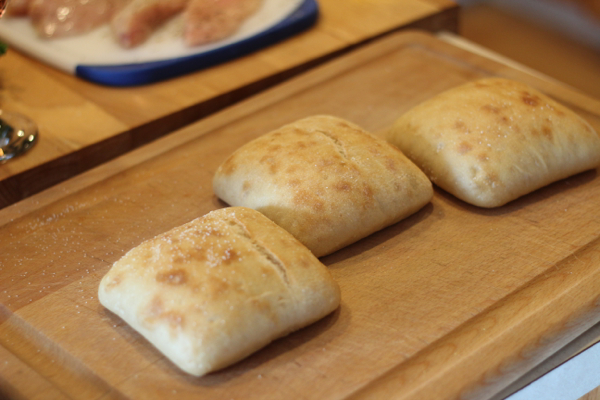



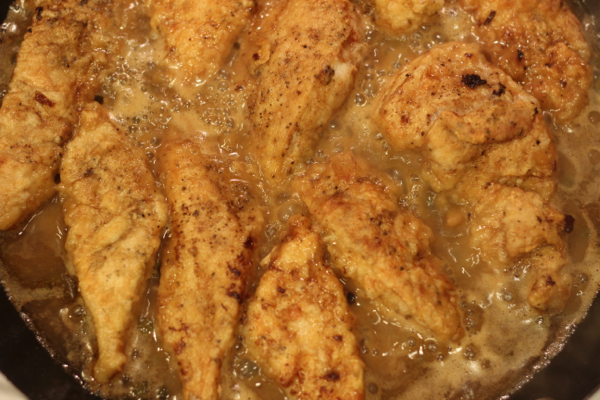



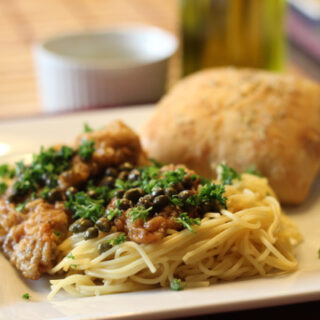
Chicken Piccata with Rosemary Ciabatta
Craving a light, citrusy Italian dish that doesn't require Tuscan culinary school beforehand? Here's your answer!
Ingredients
- 4 small loaves of ciabatta
- 5 tablespoon extra virgin olive oil, plus extra for dipping and brushing
- Flour, for dredging
- Sea salt, black pepper, and dried rosemary for sprinkling on the chicken, the ciabatta, and the oil
- 2 skinless, boneless chicken breast
- ⅓ cup lemon juice
- ½ cup low-sodium chicken stock
- ⅓ cup fresh, chopped parsley
- ¼ cup non-pareil brined capers, rinsed
- 6 tablespoon unsalted butter
- ½ pound thin spaghetti
Instructions
- Butterfly the chicken breast, and then cut it in half or to desired portion size. Season the chicken with the sea salt and black pepper, and then dredge it in flour.
- Brush the ciabatta loaves with olive oil, and then sprinkle them heavily with sea salt dried rosemary. Preheat the oven to 350 degrees.
- Prepare spaghetti according to box directions.
- In a large, high-sided skillet, melt three tablespoons of olive oil and two tablespoons of butter together over medium heat. When sizzling, add chicken breast. Depending on the size of the chicken breast and the size of your pan, your may need to cook the chicken in stages. If so, cook each set of breast pieces for approximately three minutes per side, or until browned. For each additional stage, add two more tablespoons or butter and two more tablespoons of olive oil. When all chicken is browned, remove to a plate.
- Place ciabatta in oven and cook for about ten minutes.
- Add lemon juice, capers, and chicken stock to the pan, and bring to a boil while scraping up brown bits left over from cooking the chicken (for extra flavor). Once boiling, return all of the chicken breast pieces to the pan, and simmer for approximately five minutes. Remove chicken and return to plate.
- Add two tablespoons of butter to the pan and whisk (vigorously). Add pasta to plate, top with chicken, and then spoon sauce mixture over the top. Finish by sprinkling with fresh parsley. Serve immediately.
- Serve ciabatta alongside small bowls or ramekins containing olive oil and ground black pepper for dipping.
Nutrition Information:
Yield: 4 Serving Size: 1Amount Per Serving: Calories: 741Total Fat: 44gSaturated Fat: 15gTrans Fat: 0gUnsaturated Fat: 27gCholesterol: 117mgSodium: 1170mgCarbohydrates: 53gFiber: 4gSugar: 2gProtein: 33g
Nutrition information isn't always accurate.

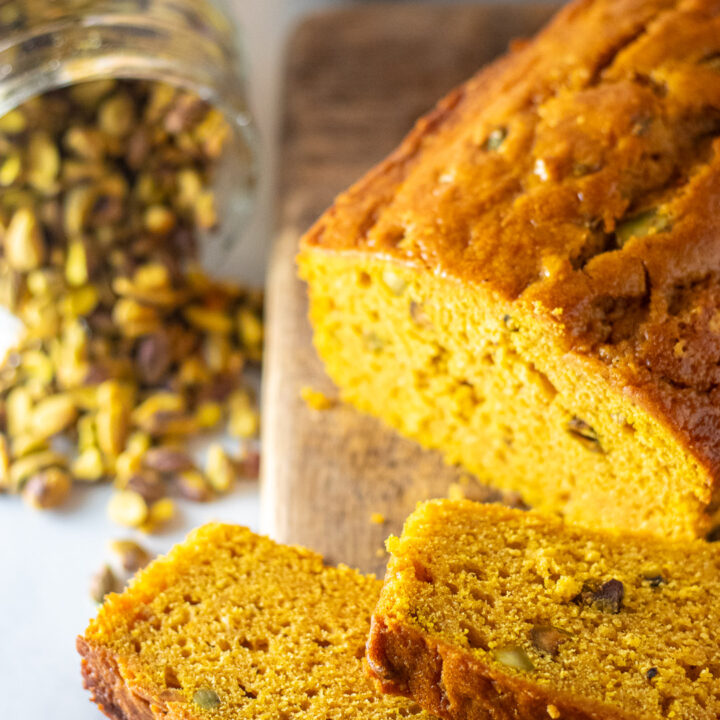


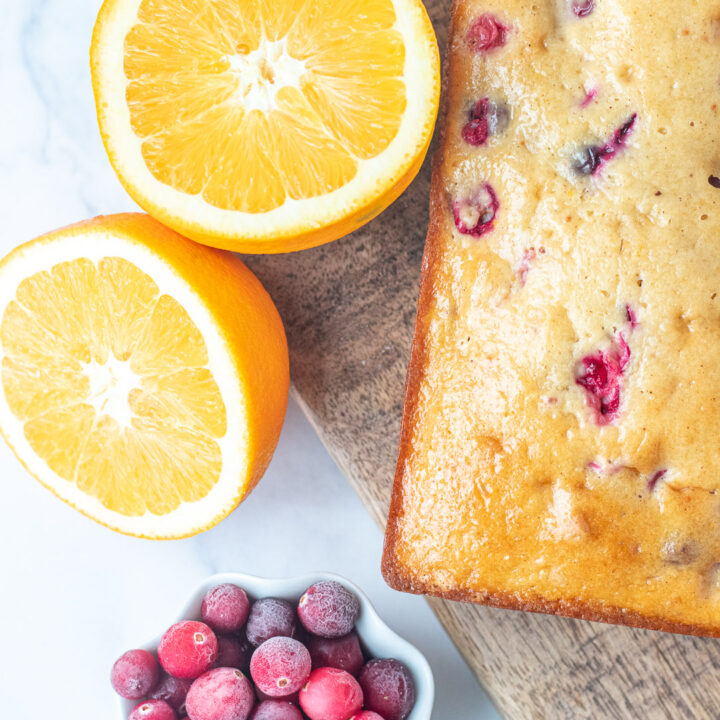
Leave a Reply